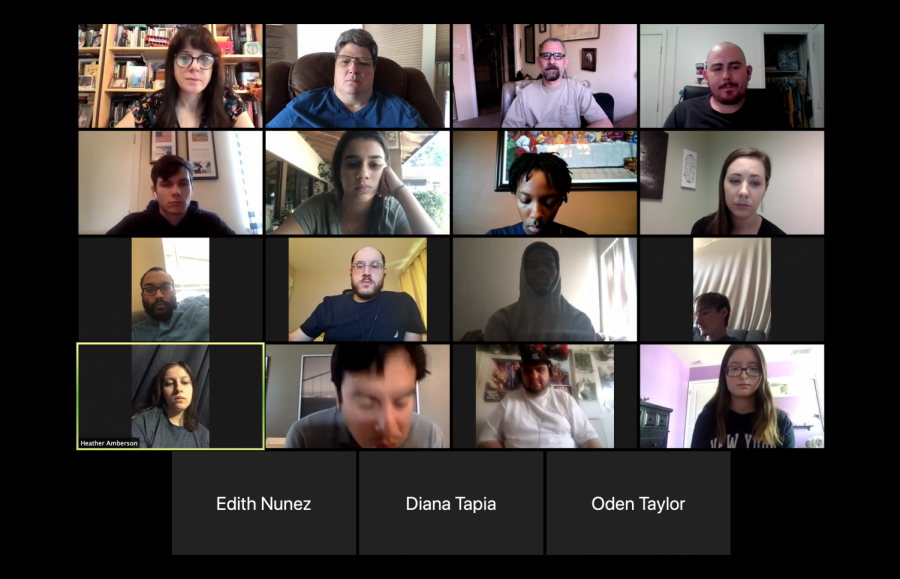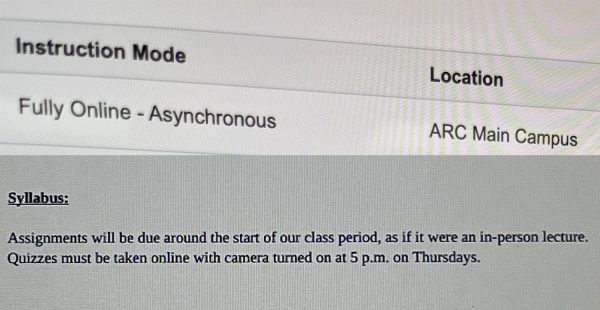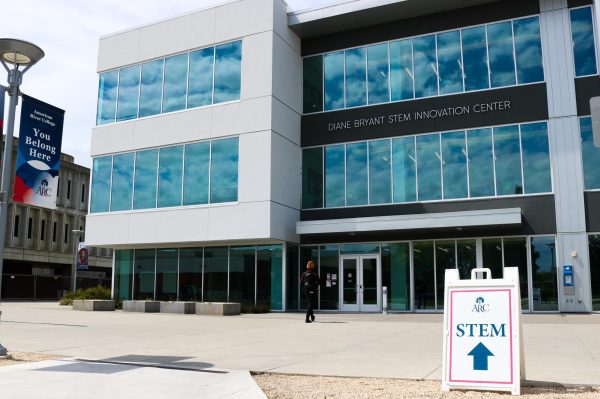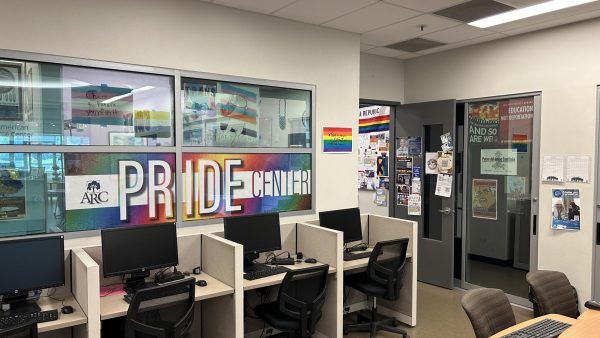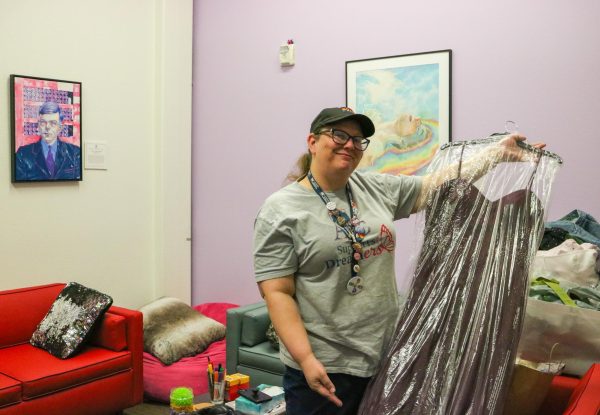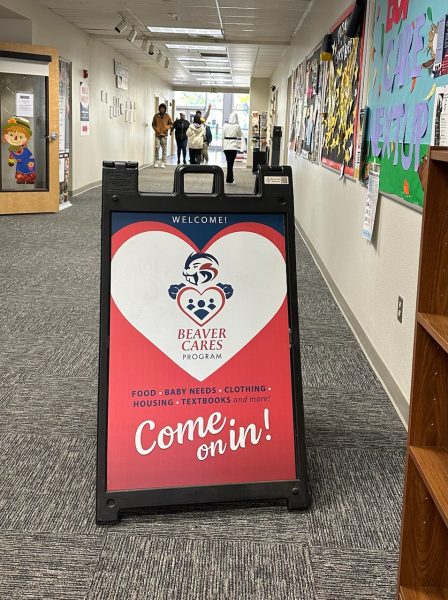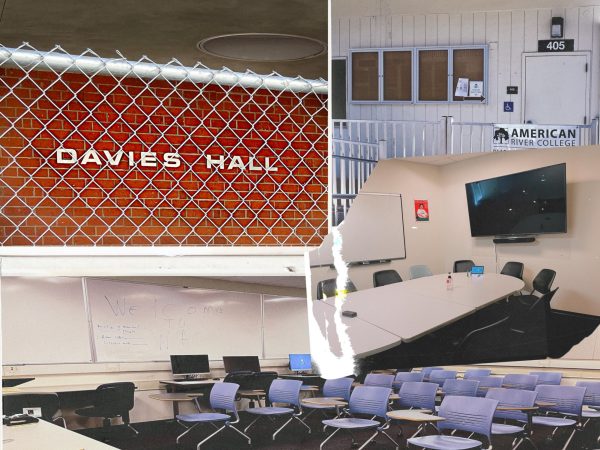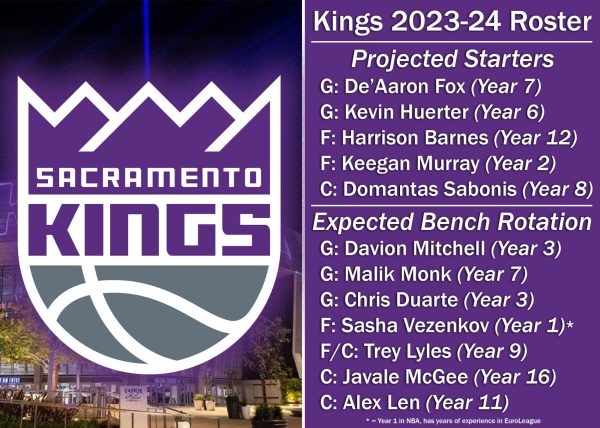Zoom meetings are a barely passable option for work and school
Safety, convenience, and inconvenience for pandemic America is embodied by the Zoom call
Here at the Current, Zoom meetings offer a mixture of convenience and inconvenience, depending on how many people are attending, and how cooperative our internet connections can be. (Screenshot taken by Jill Wagner)
The pandemic has forced college campuses around the United States to shift to online learning, and the transition hasn’t been smooth for everyone. While some professors at American River College have experience teaching online classes, others don’t and have struggled to adapt to a new learning environment where direct interaction with students is greatly limited.
There is also the problem that some classes are essentially impossible to teach online. Online, there’s just no way to guarantee the practical experience necessary to learn how to weld, for example. Not everyone has all of the necessary equipment and materials to take such a course at home.
For classes that have made the transition at ARC, professors have relied on ConferZoom video calls through Canvas. The fact that so many professors are successfully teaching their classes remotely is amazing, given how quickly the pandemic situation developed.
Unfortunately, however, Zoom hasn’t been the most reliable or easy solution due to a combination of user error, technical issues and limitations with the software itself. I’ve tried to warm up to it, and even started the semester thinking positive about it. I’m hoping we can find a way to beat this pandemic much sooner so I can go back to school like usual.
For example, back in September I tried to attend a Zoom meeting for ARC’s Sociology Club and Progressive Democrats Club. The focus for the meeting was support for disability rights during a pandemic, and guest speaker Eric M. Harris, legislative advocate for Disability Rights California, was scheduled to attend. It’s a pertinent topic for 2020, and Harris would have been a compelling person to learn from.
Unfortunately, I couldn’t attend the meeting. The flier I’d downloaded apparently had the wrong ConferZoom link in it. When I left another class early to prepare some basic questions I could ask speakers at the meeting, and then rushed to join it, I found only one ARC professor in attendance, who was confused by the lack of participants as I was.
The professor in question left the meeting to check on whether or not it had been rescheduled, but said he would get back to me with any information, however, they never did. Meanwhile, I started looking for the means to contact the two clubs to try and find out what happened.
When I did find the Facebook page for the Sociology Club, it was already late into the meeting. I found an updated flier with a different ConferZoom link, but when I used that link I ran up against a password requirement. By the time anyone at the club was able to respond to my Facebook messages, the meeting was long over.
This isn’t a dig on the professor, nor is it one directed at the two clubs that organized the meeting. Mistakes happen, and Zoom is a valuable tool, but it’s also another moving part in the machine, another thing that can go wrong.
Even this many weeks into the fall semester, my fellow students on the Current staff still occasionally struggle to join ConferZoom calls for class. If there isn’t a technical issue with internet connections, the ConferZoom link sometimes requests a password unexpectedly.
Though the Current’s adviser was able to fix the password issue, the problem is hardly isolated to a single class at ARC. In fact, the Delta PDC Portal forums had a topic posted by a moderator specifically discussing a fix for this issue, suggesting that it is a common problem for campuses employing ConferZoom through Canvas shells.
Confusion about passwords aside, there are real technical limitations that make Zoom meetings a less than ideal replacement for in-person instruction.
Zoom has a limit of 49 people visible on one screen in a large conference call. Technically up to 1,000 people can be present with the large meeting add-on, though this isn’t a concern for most people, let alone faculty at ARC. But for large classes, a hiccup with internet connections can derail a Zoom call for minutes at a time while people reconnect or wait out spikes in internet latency.
Screen sizes are another limitation to consider, which affect students and teachers alike. If someone wants to see everyone in a meeting all at once, Zoom can show you 49 video streams simultaneously. But this has the effect of making each video considerably smaller and harder to see.
Another issue with Zoom is the regular, inadvertent interruptions that can happen. Everyone is on his or her own internet connection, and latency will affect some participants more than others. If you’re connecting to a class from greater distance than others, or you simply do not have solid internet service, it can make vocal participation difficult. I know I’ve accidentally spoken over others thinking they were done due to network problems.
For me, the worst part of Zoom calls is the physical disconnect from my fellow students and the person teaching us. This many weeks into the semester, it still feels odd for me to be taking a course from home. I understand the circumstances that required online learning to become mandatory, but I enjoy it considerably less than actually attending a class on campus.
After months of social distancing and quarantine-enforced isolation, the Zoom call has done more to make me want to go back to normal than just about anything else.

